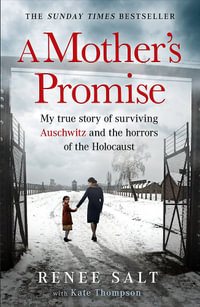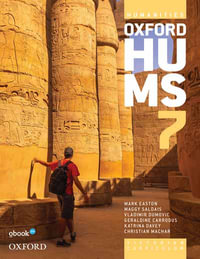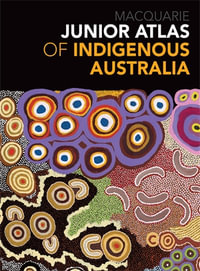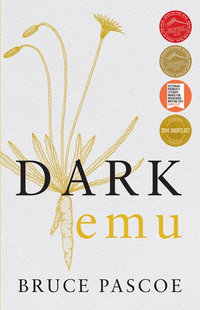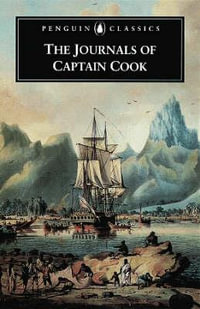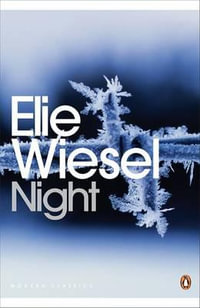In the closing months of World War II, Americans found
themselves facing a new and terrifying weapon: kamikazes -- the first
men to use airplanes as suicide weapons.
By the beginning of 1945, American pilots were shooting
down Japanese planes more than ten to one. The Japanese had so few
metals left that the military had begun using wooden coins and clay
pots for hand grenades. For the first time in 800 years, Japan faced
imminent invasion. As Germany faltered, the combined strength of every
warring nation gathered at Japan's door. Desperate, Japan turned to its
most idealistic young men -- the best and brightest college students --
and demanded of them the greatest sacrifice.
On the morning of May 11, 1945, days after the Nazi
surrender, the USS Bunker Hill -- a magnificent vessel that
held thousands of crewmen and the most sophisticated naval technology
available -- was holding at the Pacific Theater, 70 miles off the coast
of Okinawa.
At precisely 9:58 a.m., Kiyoshi Ogawa radioed in to his
base at Kanoya, 350 miles from the Bunker Hill, 'I found the enemy
vessels.' After eighteen months of training, Kiyoshi tucked a comrade's
poem into his breast pocket and flew his Zero five hours across the
Pacific. Now the young Japanese pilot had located his target and was on
the verge of fulfilling his destiny. At 10:02.30 a.m., as he hovered
above the Bunker Hill, hidden in a mass of clouds, Kiyoshi
spoke his last words: 'Now, I am nose-diving into the ship.'
The attack killed 393 Americans and was the worst
suicide attack against America until September 11. Juxtaposing
Kiyoshi's story with the stories of untold heroism of the men aboard
the Bunker Hill, Maxwell Taylor Kennedy details how American
sailors and airmen worked together, risking their own lives to save
their fellows and ultimately triumphing in their efforts to save their
ship.
Drawing on years of research and firsthand interviews
with both American and Japanese survivors, Maxwell Taylor Kennedy draws
a gripping portrait of men bravely serving their countries in war and
the advent of a terrifying new weapon, suicide bombing, that nearly
halted the most powerful nation in the world.
Author Biography: Maxwell Taylor Kennedy graduated from Harvard
University and the University of Virginia School of Law. He taught
environmental studies at Boston College, where he cofounded the Urban
Ecology Institute. Mr. Kennedy served as a prosecutor for three years
before he collected and edited his first book, Make Gentle the Life
of This World: The Vision of Robert Kennedy. Maxwell Taylor Kennedy
is an avid scuba diver and co-led an expedition that located the wrecks
of a fleet of pirate ships off Venezuela. He also participated in the
National Geographic Explorers search for PT 109. A devoted
maritime historian, Mr. Kennedy is currently an Associate Scholar of
the John Carter Brown Library, a Center for Advanced Research in
History and the Humanities at Brown University. He lives in Los Angeles
with his wife, Vicki, and their children, Maxey, Summer, and Noah.
Industry Reviews
"This fascinating story of the deadliest kamikaze attack in World War II provides a vivid window on the war in the Pacific. But it also contains critically important insights for today's struggle against terrorists. Maxwell Taylor Kennedy shows how suicide bombers are recruited, the role they can play in asymmetric warfare, and how our military can be resilient in face of such attacks." -- Walter Isaacson, author of Benjamin Franklin: An American Life and Einstein: His Life and Universe







